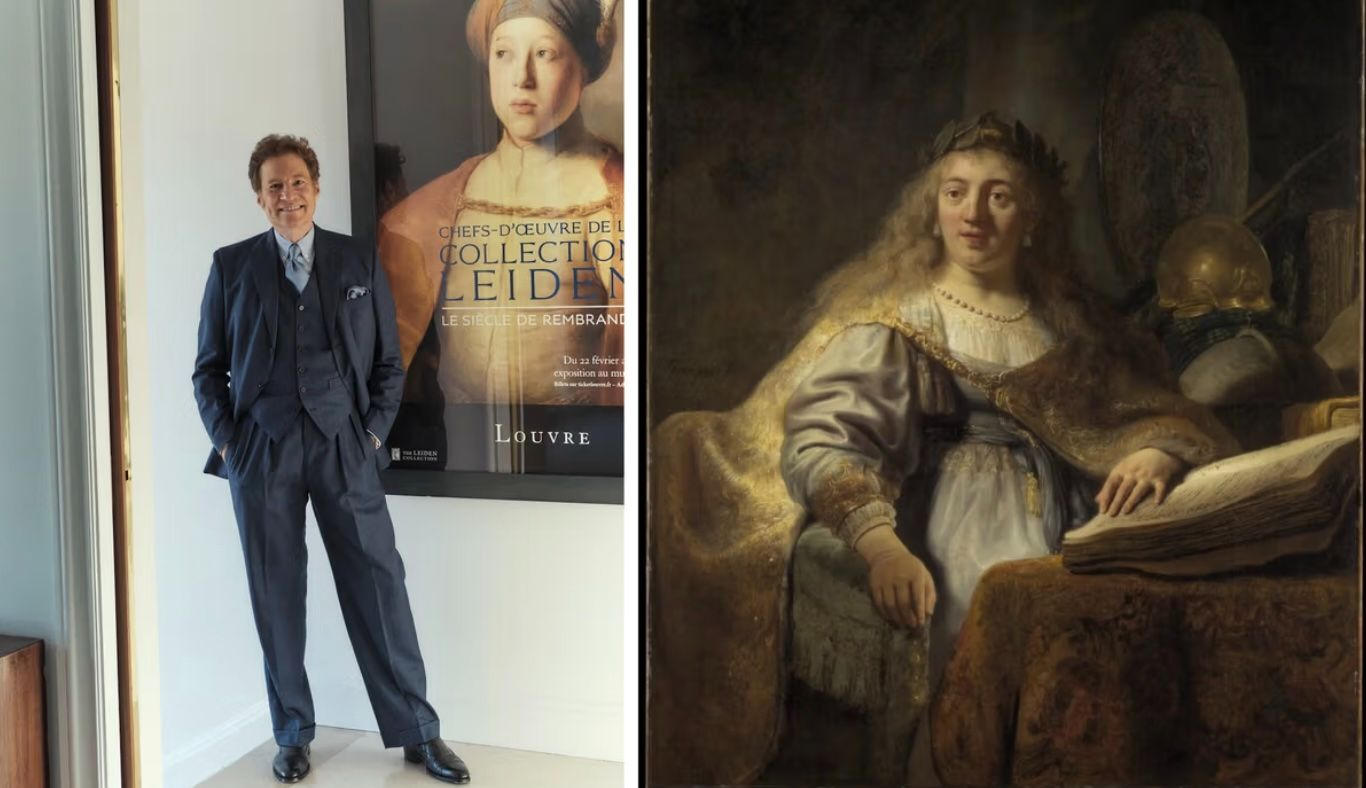The art world has never stood still. From royal patronage to auction houses, from white-walled galleries to Instagram feeds, the ways we buy, sell and experience art are constantly shifting. The latest headline? Billionaire collector Tom Kaplan’s plan to offer fractional ownership of his extraordinary Old Masters collection - 220 works spanning some of the most coveted Old Masters including many Rembrandts.
The idea is both dazzling and divisive. Would owning a digital “slice” of a Rembrandt bring people closer to the Old Masters? Unlike a painting hanging in your living room, fractional tokens don’t guarantee you can see the work. At best, ownership might unlock access to private viewings or a sliver of social cachet. At worst, it risks reducing art to another speculative financial instrument.
And yet, innovation like this matters. It sparks conversation. It pulls the Old Masters - often dismissed as inaccessible - back into public focus. As critic Rachel Campbell-Johnston noted, you don’t actually need millions to connect with Rembrandt: prints and etchings are still relatively affordable, and museums like the National Gallery hold dozens of works for everyone to enjoy. But the Kaplan experiment taps into a deeper truth: we are all searching for new ways to belong to art.

Fractional ownership is one model. Syndicates, crowdfunding and tokenisation are others. The thread running through them all is accessibility. The old art economy - exclusive, gatekept, elite - is being reconfigured around participation. Whether through owning a share, subscribing to a digital gallery, or following an artist’s journey online, collectors and audiences are looking for connection, not just possession.
For artists and gallerists, this shift poses both a challenge and an opportunity. How do you maintain control of your work while also tapping into new forms of distribution? How do you balance prestige with reach, scarcity with scale?
That’s where LettsArt comes in. While billionaires explore financial innovation, we believe the more powerful transformation is happening at the grassroots. LettsArt is no-code, Art Intelligence software built for artists and gallerists - giving you the tools to create your own branded online gallery, connect with followers and sell directly to collectors without middlemen.
Where fractional ownership asks people to buy a tiny share of someone else’s masterpiece, LettsArt empowers creators to build and share their own legacy . Collectors don’t need a token - they can follow your gallery just like subscribing to a YouTube channel, engage with your updates and purchase work directly. And, if required, all this can be verified by an NFT to authenticate ownership. It’s accessible, transparent and built on independence.
Art has always thrived on reinvention. Whether it’s Rembrandt on the blockchain or a new artist launching their digital gallery, these experiments point to one truth: the future of art will be more open, more connected and more artist-led than ever before.
***************************************************
Not using LettsArt? Why not sign up today? It’s powerful software for artists to show, share and sell their art online. Perfect for artists with zero tech skills, our no-code, AI software lets you take control of your online presence and build sustainable success through direct sales.
T o sign up to LettsArt (it’s FREE!) go to www.LettsArt.com .